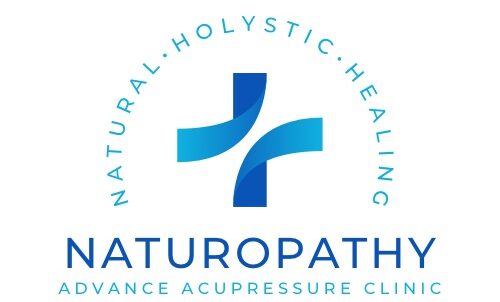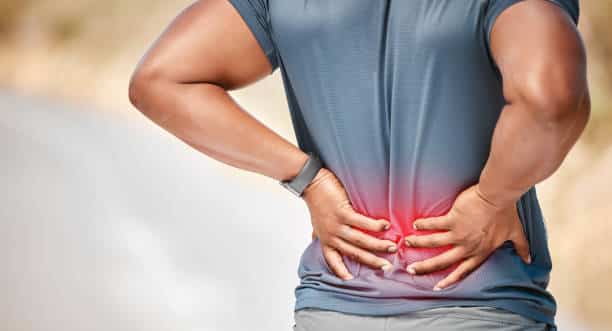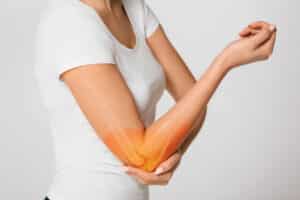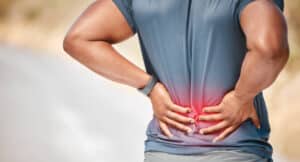Back pain is a prevalent issue that can affect individuals of all ages and is often caused by factors such as injury, poor posture, and muscle strain. While various treatments, including medication, physical therapy, and surgery, are available, some individuals prefer exploring alternative therapies like acupressure and sujok therapy for back pain relief. Acupressure, originating from traditional Chinese medicine, involves applying manual pressure to specific points on the body, while sujok therapy, a Korean acupressure technique, stimulates these points using seeds. Both treatments are rooted in the belief that the body has energy channels or meridians, and by producing these points, they can restore the balance of energy and alleviate pain.
Can acupressure effectively address back pain?
While acupressure may not be a cure for back pain, it has demonstrated effectiveness in providing relief and improving function. In some cases, acupressure may even help prevent the recurrence of back pain.
Applying Acupressure for Back Pain Relief:
Numerous acupressure points can be utilized to alleviate back pain. Some common points include:
- Bladder 23: Located on the lower back, just below the waistline, this point is often targeted to relieve lower back and leg pain.
- Gallbladder 30: Positioned on the buttock, this point can help alleviate lower back and hip pain.
- Stomach 36: Situated on the front of the leg, approximately 3 inches below the knee, this point is known to relieve back, knee, and foot pain.
To perform acupressure for back pain, you can use your thumbs, fingers, or a massage tool to gently apply pressure to the points. Hold each point for approximately 30 seconds, repeating the process several times a day.
Treating Back Pain Using Sujok Therapy:
Apply pressure to the acupressure point Urinary Bladder 23 located on your lower middle back. This point is crucial for relieving lower back pain and reducing muscle tension. Pressing and holding this point with moderate pressure can provide long-lasting relief. If you have someone who can locate the point for you, ask them to press it. Alternatively, you can perform the technique on yourself.
To stimulate the Sujok acupressure point Gallbladder 30, apply pressure to the area near your buttock. This point is highly beneficial for alleviating lower back pain and releasing tension from the low back and hips. Stimulating Gallbladder 30 can also provide relief from pain in the lumbar spine, hips, and legs while enhancing overall circulation.
Assessing Acupuncture’s Effectiveness for Back Pain:
Acupuncture, another traditional Chinese medicine practice, involves inserting thin needles into specific points on the skin. While acupressure and acupuncture share similar principles, acupressure employs manual pressure instead of needles.
Evidence suggests that both acupuncture and acupressure can effectively reduce back pain. A review of 12 studies found that acupuncture was successful in alleviating chronic low back pain and improving function. However, compared to other treatments like physical therapy, the effects of acupuncture were found to be relatively less pronounced.
Considerations and Potential Disadvantages:
While acupuncture is generally considered safe, there are potential risks associated with the treatment, including mild side effects such as bruising, soreness, or bleeding at the needle insertion sites. In rare cases, more severe side effects like infection or allergic reactions to the needles can occur.
How many days does it take for acupuncture to work for back pain?
The duration for acupuncture to take effect in alleviating back pain varies from person to person. Some individuals may experience relief after the first treatment, while others may require several sessions before noticing any significant improvement. As a general guideline, it is recommended to receive acupuncture treatments for at least four weeks before evaluating their effectiveness.
Conclusion:
Acupressure and sujok therapy offer natural alternatives for individuals seeking relief from back pain. While these therapies may not provide a cure, they have demonstrated efficacy in relieving pain and improving the overall function of the back. It is essential to consult with qualified practitioners who specialize in these therapies and consider integrating them into a comprehensive approach to back pain management.
Note: It is advisable to consult with healthcare professionals or naturopathy or acupressure specialists before trying any new treatments or therapies, particularly if you have underlying medical conditions or concerns. And please note that it is important to seek assistance from a qualified practitioner or professional if you have any concerns or medical conditions before attempting these acupressure techniques.








